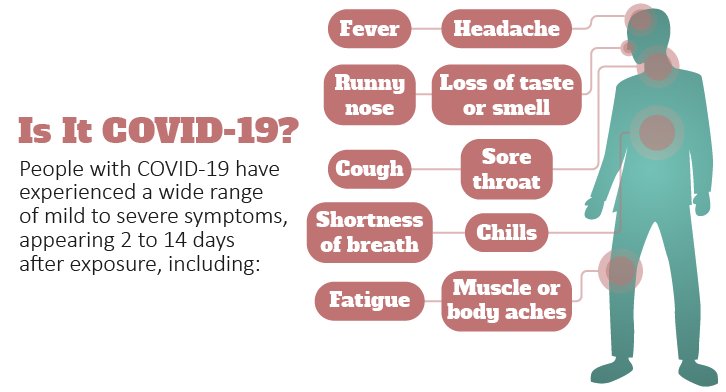It’s That Time of the Year Again: Flu Season
The arrival of the fall and winter months signals many things, including flu season. According to the Centers for Disease Control and Prevention (CDC), flu activity peaks between December and February. It’s likely that flu viruses and the virus that causes COVID-19 will both spread this fall and winter.

Flu Prevention
The flu vaccine is your best chance of preventing the illness, and it’s more important than ever this year. Currently, the CDC recommends an annual flu vaccine for anyone over 6 months of age.
In addition to getting your vaccine, there are some other ways to help protect yourself during this flu season. Avoid close contact with people who are sick, and stay home when you’re sick. It’s critical to continue good hygiene by covering your coughs and sneezes, and washing your hands. Safety measures made a positive impact on flu cases earlier this year, and they will continue to be crucial as we enter flu season.
Get Your Flu Shot
If you’re unsure about getting a flu vaccine, here are some reasons why it’s especially important amid the pandemic:
- Reduces risk of contracting both viruses at the same time—Battling simultaneous flu and COVID-19 infections could be much worse than battling either alone. Nobody knows what to expect until it happens—and then it’s too late.
- Eliminates symptom confusion between the flu and COVID-19—You’ll be less likely to get flu symptoms like fever, cough and body aches. Those are symptoms that could be confused for COVID-19.
- Reduces strain on the medical system—The flu and COVID-19 are both respiratory illnesses, so they rely on some of the same life-saving hospital equipment.
If you’re worried about staying healthy this flu season, please contact your doctor.
COVID-19 vs. Flu vs. Cold—Which Is It?
As expected during the pandemic, every cough, sneeze or throat tickle may give you cause for concern. Many symptoms of the common cold, the flu and COVID-19 are similar—making it difficult to distinguish between them. Different viruses cause each of these illnesses, which means there are different symptoms.
- COVID-19—The most common three symptoms to keep in mind are fever, dry cough and shortness of breath. Check out the infographic below for additional symptoms.
- Flu—If you feel fine one day and miserable the next, it may be the flu. Common symptoms include cough, fatigue, fever or chills, headaches, body aches, runny or stuffy nose, sore throat, vomiting and diarrhea.
- Common cold—Most importantly, you won’t have a fever with a cold. Typically, symptoms of the common cold come on gradually, and may start with a sore throat or irritated sinuses.
One key difference between the illnesses is a symptom of COVID-19—shortness of breath. If you are concerned about your symptoms, call your doctor. The only way to confirm your illness is to get tested.

American Diabetes Month
Diabetes affects over 30 million Americans—and that number grows every day. While Type 1 diabetes can’t be prevented, you can take steps to prevent Type 2 diabetes—the type that is most common.
- Eat healthy. Get plenty of fiber and whole grains, and understand how the foods you eat affect your blood glucose.
- Be more active. Aim for at least 30 minutes of exercise daily, and try incorporating both aerobic exercise and resistance training.
- Lose extra weight, and keep it off. If you’re overweight or have obesity, weight control can be an important part of diabetes prevention.
One in three American adults are at risk for Type 2 diabetes, yet nearly 85% don’t know they have it. Take control now during American Diabetes Month, and see your doctor to get your blood sugar tested.

All of us here at CoverLink wish you continued health and safety this year!
